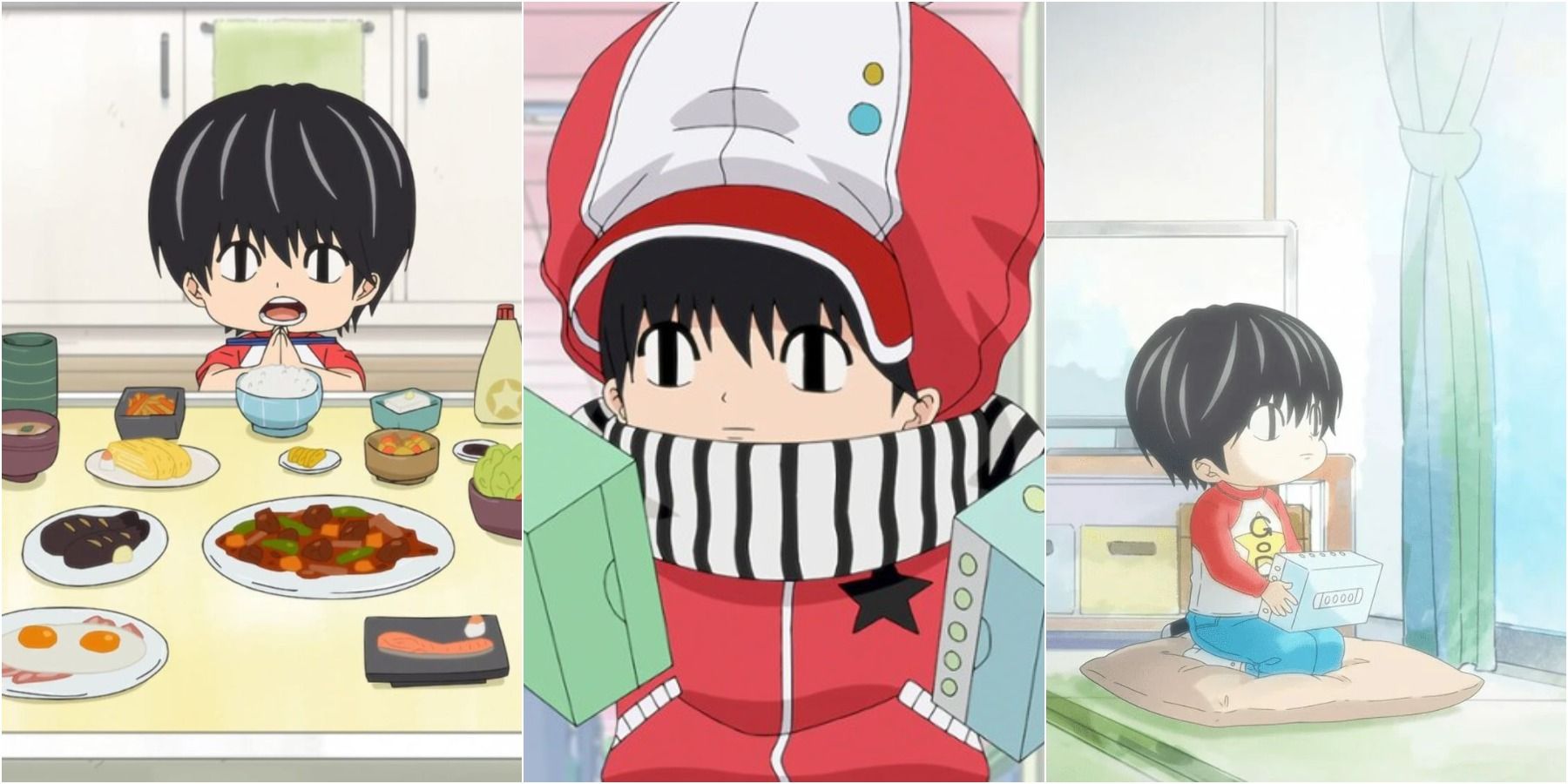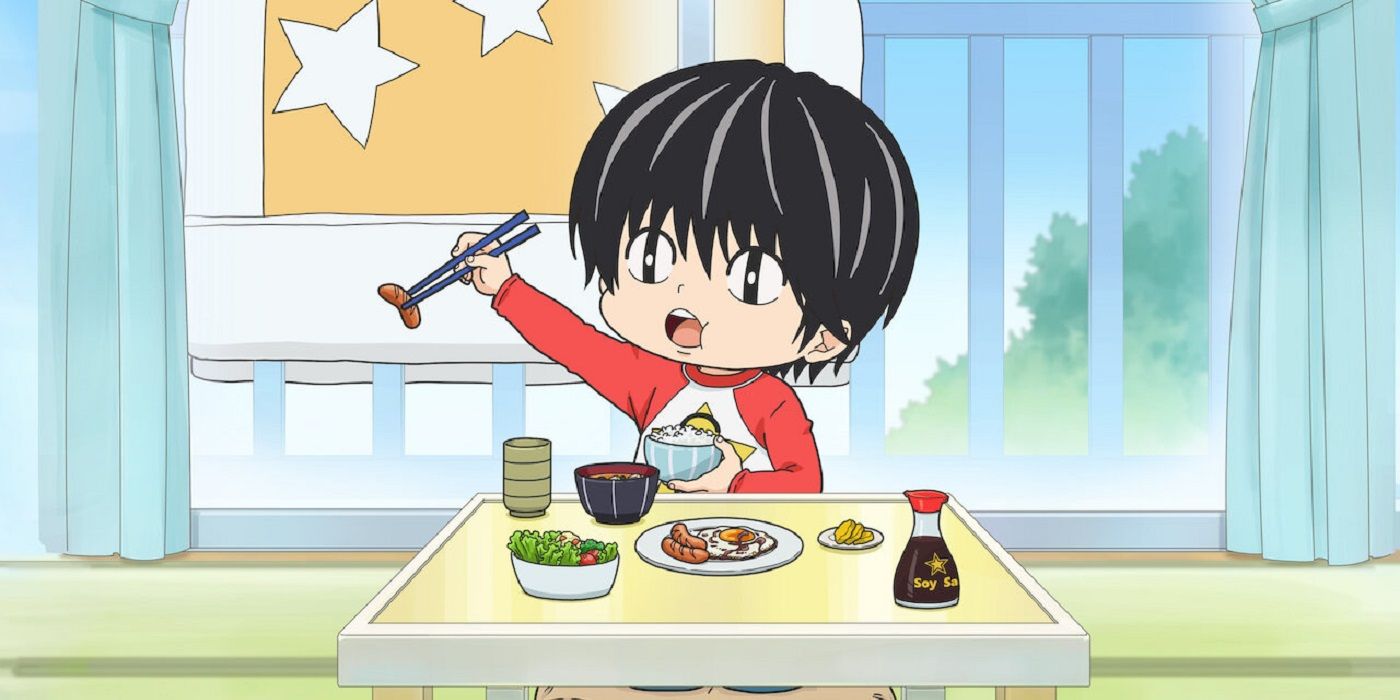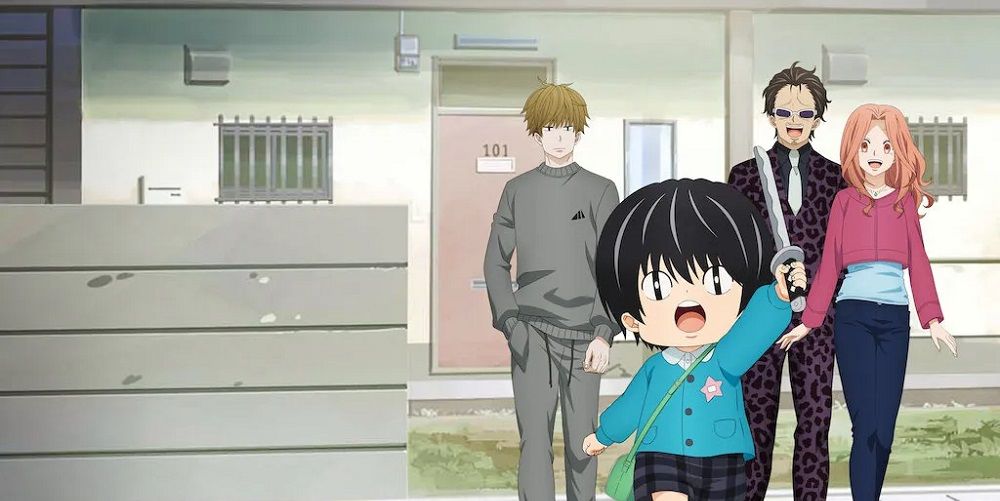Kotaro Lives Alone is a Netflix adaptation of Mami Tsumura's original manga. Released this year, the series tells the story of Kotaro, a 4-year-old boy who moves into an apartment building by himself, where he befriends his neighbors.
Created by Hiroshi Sato and directed by Tomoe Makino, Kotaro Lives Alone initially gives the impression that it is solely a lighthearted comedy. However, questions and concerns emerge as the story progresses, and viewers are surprised to learn that there is more to Kotaro's story than meets the eye.
His Past
Shortly after Kotaro moves into his apartment unit and meets his neighbors, it's made quite evident halfway through the series that Kotaro prefers a particular brand of tissues, describing them as "soft" and "sweet." When Karino accidentally discovers the reason for Kotaro's distinct tissue preference, the viewers are thrown into disarray. It becomes clear that Kotaro has had to resort to eating tissues in the past due to child neglect and starvation and perhaps, continues to do so. This is one of the first major indications of his dark past life that viewers are given.
Another piece of evidence given to the viewers occurs when Kotaro invites his neighbors to his apartment unit to give them a tour of the notable items he has collected over the years. The items initially seem like ordinary keepsakes that a child would collect until Kotaro reveals a pair of gloves that his mom had worn every time she bathed and dressed him. The series gradually emphasizes the hatred Kotaro's mom seemingly feels toward him.
For example, during the 9th episode, the viewers are shown a flashback of Kotaro and his father walking in the rain, as his father uses his umbrella to shield both him and his son. Kotaro suddenly notices his father's shoulder getting damp from the rain and promptly questions this. However, his father kindly explains that this 'sacrifice' is a sign of love. Unfortunately, in this same episode, another flashback emerges, this time of Kotaro and his mother, who is holding an umbrella for both Kotaro and herself. However, unlike with his father, Kotaro's shoulder is the one to bear the rain while his mother busies herself with her phone. This scene presents viewers with the indication of Kotaro's mother's feelings about him.
As Kotaro's past friends make an appearance in the show, the viewers get more insight into his time in a group home, where Kotaro is depicted as exceptionally loyal to his friends. Unfortunately, it becomes clear that he had to move out of the group home and separate from his friends after his father had located him. Thus, this event leads to the beginning of the show. One of the primary glimpses of Kotaro's family that the series provides its viewers takes place in episode 3. While Kotaro is out, he spots a man handing out balloons and devises a plan to acquire four balloons instead of one by disguising himself with costumes. When he successfully obtains his balloons, he draws a face on each one to represent a different family member. On the back, he labels the balloons "brother," "sister," "dad," and "mom." This suggests Kotaro has siblings, but they are never really mentioned again. Therefore, viewers are unsure about where they are and what happened to them. Nonetheless, with his balloons, Kotaro heads to a playground to play with his balloon family as some kind of temporary replacement or coping mechanism to deal with the absence of his family.
The Fate of His Parents
The fate of his parents is partially revealed throughout the season. For instance, in episode 6, viewers discover that Kotaro's father is searching for him and hires a private investigator, despite the restraining order placed against him. But upon spending time with Kotaro, the PI makes the decision to give Kotaro's father a different address as not to disclose Kotaro's location. As a result, it becomes known that Kotaro's father is still alive.
On the other hand, it is revealed early on in the show that the monthly income Kotaro has been receiving is from his mother's insurance policy. However, this information is never disclosed to Kotaro. Additionally, when Karino accompanies Kotaro to the cemetery to visit the boy's grandparents during the season finale, Karino notices a grave that belongs to Kotaro's mother. Despite this, he keeps this to himself, knowing it will break Kotaro's heart when he finds out the truth someday.
Kotaro Lives Alone combines heartfelt moments with a generous sprinkle of comedy. It highlights critical real-life issues, such as abuse and neglect in home life, as well as various trauma coping mechanisms, through the art of storytelling.
Kotaro Lives Alone is available to stream exclusively on Netflix.



